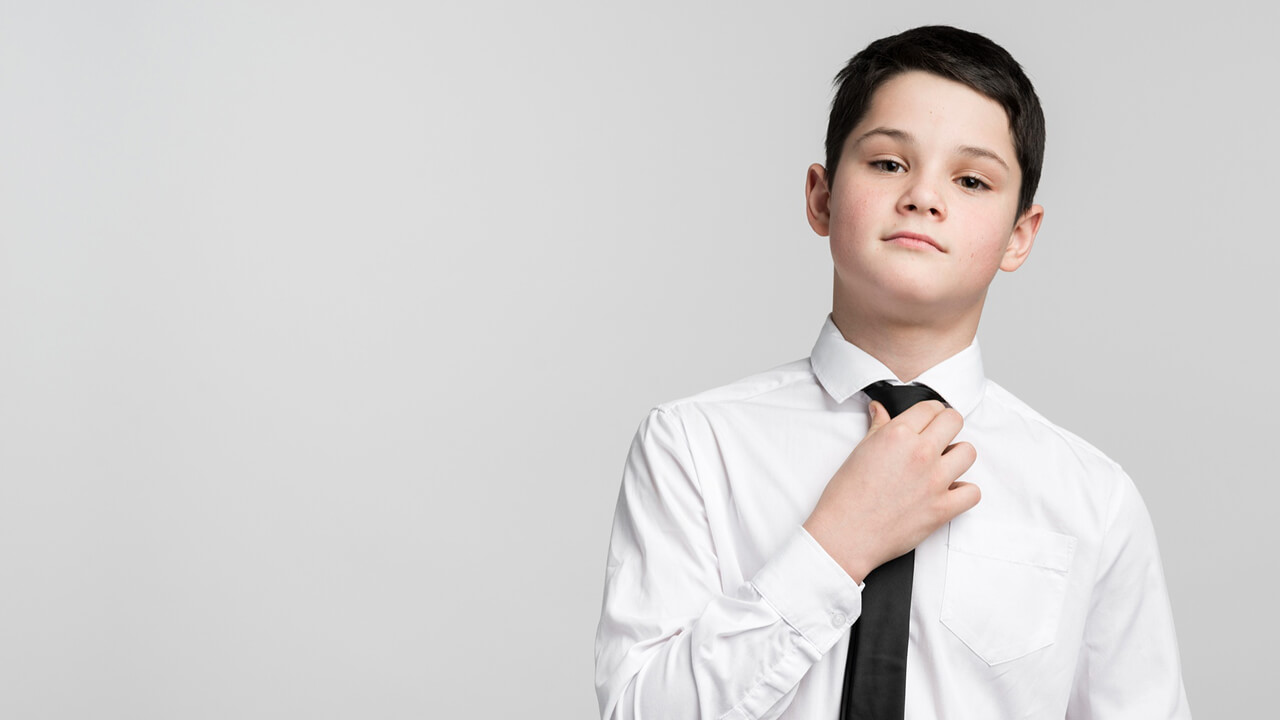Private schools are well-known for their structured approach to academics, discipline, and appearance. One of the most defining features of private education is the uniform policy a dress code that reflects the school’s values, promotes equality, and reduces distractions. But what exactly does this policy include, and what is considered off-limits? Whether you’re a parent preparing for your child’s first day or a student unsure of what’s acceptable, this guide will walk you through what’s allowed and what’s not when it comes to private school uniforms.
1. Why Uniforms Matter in Private Schools
Uniforms in private schools are more than just clothes; they represent the school’s culture, help reduce peer pressure, and foster a sense of community. By removing the distraction of fashion trends or brand-name competition, uniforms level the playing field and help students focus on their education.
Benefits of Uniform Policies
- Encourage discipline and responsibility
- Promote school identity and pride
- Eliminate dress-related distractions
- Reduce social and economic disparities
- What’s Typically Allowed in Private School Uniforms
Most private schools provide a detailed handbook outlining uniform expectations. While specific styles and colors vary by institution, the following items are generally considered acceptable:
2. What’s Typically Allowed in Private School Uniforms
Collared Shirts or Blouses
Shirts are usually required in solid, neutral, or school-approved colors such as white, light blue, or gray. Long-sleeve and short-sleeve options are available, allowing students to dress comfortably based on the season.
Trousers, Skirts, or Skorts
Students must follow the school’s length and fit guidelines. Skirts should typically be knee-length or longer, and trousers should not be overly tight or revealing, ensuring both modesty and comfort
Blazers and Sweaters
Blazers featuring the school logo or approved sweaters in specific colors are often part of the required uniform, especially during colder months. These add a formal touch while keeping students warm
Ties or Neckwear
Many traditional or preparatory schools require ties as part of the uniform. In some cases, this may apply only to male students, while others may allow ties as optional for everyone.
Footwear
Closed-toe shoes, typically in black or brown leather, are usually required. These shoes must be neat and clean. On physical education (PE) days, some schools may allow clean sneakers or sports shoes.
Physical Education Uniforms
Students generally need a separate PE uniform, often consisting of school-branded t-shirts, athletic shorts, joggers, and proper sports shoes. These ensure comfort and safety during physical activities.
Also, learn more about the why dress code is important in school
3. What’s Not Allowed in Private School Dress Codes
Private school dress codes aim to maintain a professional and respectful atmosphere. As a result, several clothing items and styles are usually not permitted:
Graphic Tees or Slogan Shirts
T-shirts with large logos, graphics, slogans, or promotional text are usually not permitted—even on casual dress days.
Ripped or Torn Clothing
Clothes with holes, frayed hems, or signs of excessive wear are off-limits. Even on dress-down days, neat and tidy attire is expected.
Short Skirts or Tight Clothing
Schools typically have policies specifying minimum lengths for skirts and ensuring clothes aren’t form-fitting. Modesty is a key principle in most dress codes.
Excessive Jewelry or Makeup
Bright or bold makeup, large earrings, nose rings, and flashy accessories are discouraged. Students are expected to keep their appearance neat and minimal.
Unnatural Hair Colors or Extreme Hairstyles
Hair dyed in bright, unnatural shades like green, blue, or pink is usually not allowed. Likewise, unconventional hairstyles may be restricted based on school policy.
Casual Footwear
Open-toed sandals, flip-flops, Crocs, or high heels are generally not allowed due to safety and uniformity concerns.
4. Variations by School Type
Uniform expectations can differ depending on the type of private school. Here’s a closer look at how rules may vary:
Faith-Based Schools
These schools often include religious guidelines. For example, longer skirts, head coverings, or modest dress requirements may apply for all students or specific genders.
Boarding Schools
Boarding schools tend to have stricter uniform policies. In addition to regular uniforms, students might be required to wear formal evening attire or specific outfits for special events.
International or Progressive Schools
Some modern or international schools allow more flexibility in colors or uniform styles. However, they still maintain core rules related to decency, neatness, and school branding.
5. Tips for Staying in Line with the Dress Code
Sticking to a private school’s uniform rules doesn’t mean giving up on comfort or self-expression. Here are a few helpful tips for students and parents:
Review the Uniform Policy Handbook
Always refer to the official handbook for the most accurate and updated guidelines. Each school has its unique rules.
Buy from Official or Approved Vendors
Most schools work with official vendors who understand the school’s uniform requirements. Buying from them ensures compliance.
Label Everything
Since uniforms can look identical, labeling clothes can help prevent lost or mixed-up items, especially in shared spaces like locker rooms.
Have a “Casual Day” Outfit Ready
Some schools offer dress-down days. Even on these days, students should wear clean, modest clothes that align with basic school expectations.
Stick to the Basics
If you’re unsure about what’s allowed, go for simple colors, classic styles, and plain accessories. It’s always better to play it safe.
6. Can Students Still Express Themselves?
Yes, within reason. While private school uniforms create a sense of equality, small touches can help students show individuality, such as:
- Backpacks with personal flair
- Subtle hair clips, ties, or pins
- Watches or school-approved jewelry
- Custom water bottles or stationery
By allowing subtle self-expression, students can feel more comfortable while respecting the rules.
Conclusion
Understanding what’s allowed and what’s not when it comes to private school uniforms helps students and parents prepare confidently for the school year. Each institution may have slightly different rules, but the key goals remain the same: promoting respect, unity, and a distraction-free learning environment.
By embracing the guidelines and planning accordingly, students can look sharp, stay comfortable, and focus on what matters most to their education.







